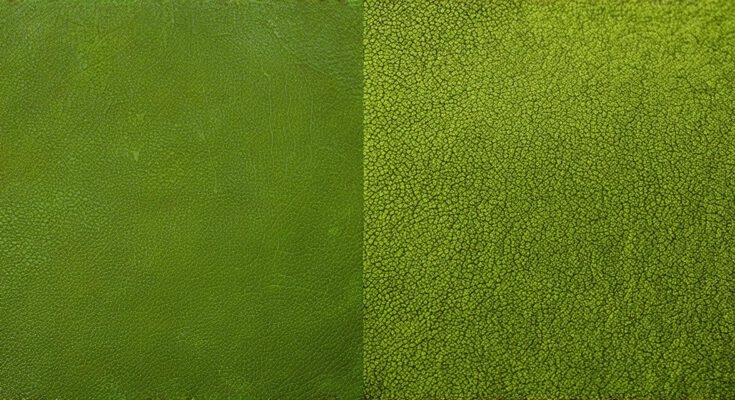Are you familiar with cryptogams? These fascinating plants have captured the imagination of horticulturists and plant enthusiasts alike. In this article, we’ll explore the meaning of cryptogams in Marathi and delve into their unique features and characteristics.
Cryptogams: An Introduction
Cryptogams are a diverse group of plants that have adapted to survive in a variety of environments. They are characterized by their lack of leaves, which has led to the misconception that they are not plants at all. However, this is not the case. Cryptogams can be divided into two main categories: mosses and liverworts.
Mosses: A Closer Look
Mosses are non-vascular plants that lack specialized tissue for the transport of water and nutrients. They are found in a wide range of habitats, including forests, mountains, and even urban areas. Mosses can be further divided into two main types: bryophytes and pteridophytes.
Bryophytes: The Most Diverse Group of Cryptogams
Bryophytes are the largest and most diverse group of cryptogams, accounting for over 90% of all known species. They are characterized by their small size, soft bodies, and simple reproductive structures. Bryophytes can be found in almost every habitat on Earth, from the Arctic tundra to the Amazon rainforest.
Pteridophytes: Less Diverse but More Adaptable
Pteridophytes are a smaller group of cryptogams that are known for their ability to adapt to extreme environments. They can be found in cold, arid, and even radioactive areas. Pteridophytes have specialized tissue for the transport of water and nutrients, which allows them to survive in harsh conditions.
Liverworts: The Other Side of Cryptogams
Liverworts are non-vascular plants that are characterized by their flat, leaf-like structures. They are found in a variety of habitats, including forests, mountains, and even urban areas. Unlike mosses, liverworts have specialized tissue for the transport of water and nutrients.
The Importance of Cryptogams in Marathi Culture
Cryptogams hold great importance in Marathi culture, both as medicinal plants and as ornamental plants. In traditional Marathi medicine, cryptogams are used to treat a variety of ailments, including digestive problems, respiratory issues, and skin conditions. Some common Marathi cryptogam species used in medicine include:
- Bacopa monnieri: Also known as brahmi, this plant is believed to improve memory and concentration.
- Asplenium nidus: This plant is used to treat digestive problems such as indigestion and bloating.
- Aloe barbadensis miller: Known for its soothing properties, aloe vera gel is commonly used to treat skin conditions such as burns and cuts.
In addition to their medicinal uses, cryptogams are also highly valued as ornamental plants in Marathi culture. They are often used to decorate gardens, parks, and public spaces, as well as to create natural landscapes and water features. Some popular Marathi cryptogam species used for ornamental purposes include:
- Convolvulus pluricaulis: Also known as ivy, this climbing plant is often used to cover walls and trellises.
- Hedera helix: This creeping ivy is used to create lush, green foliage in outdoor spaces.
- Tradescantia pallida: Known for its delicate white flowers, this plant is often used to add a touch of color to gardens and parks.
Exploring the Unique Features of Cryptogams
Cryptogams have a number of unique features that set them apart from other plants. One of their most notable characteristics is their lack of leaves, which has led to the misconception that they are not plants at all. However, cryptogams still perform many of the same functions as vascular plants, including photosynthesis and nutrient uptake.
Another unique feature of cryptogams is their simple reproductive structures. Unlike vascular plants, which have complex flowers and seeds, cryptogams have relatively simple reproductive organs that allow them to reproduce asexually or sexually. This adaptability has allowed cryptogams to thrive in a wide range of habitats and environments.
The Role of Cryptogams in Ecosystems
Cryptogams play an important role in ecosystems, both as primary producers and as decomposers. Primary producers such as mosses and liverworts use photosynthesis to convert sunlight into energy, which is then used to produce organic compounds that nourish other plants in the ecosystem. Decomposers such as mosses and liverworts also play a crucial role by breaking down dead plant material and recycling nutrients back into the soil.
The Future of Cryptogams: Conservation and Sustainability
Despite their importance in Marathi culture and ecosystems, cryptogams are facing threats from habitat destruction, pollution, and climate change. It is crucial that we take steps to conserve and protect these fascinating plants in order to preserve our natural heritage for future generations. Some ways to promote the conservation of cryptogams include:
- Creating protected areas for cryptogams and other native plants.
- Implementing sustainable land use practices, such as reforestation and agroforestry.
- Educating the public about the importance of cryptogams and their role in ecosystems.
- Supporting research and monitoring efforts to better understand the ecology and distribution of cryptogam species.
Summary
Cryptogams are a diverse group of plants that have captured the imagination of horticulturists and plant enthusiasts alike. From their unique features and characteristics to their importance in Marathi culture and ecosystems, cryptogams have much to offer us. As we strive to conserve and protect these fascinating plants, let us remember the words of the great naturalist John Muir: “Between every two pines is a doorway to a new world.”



